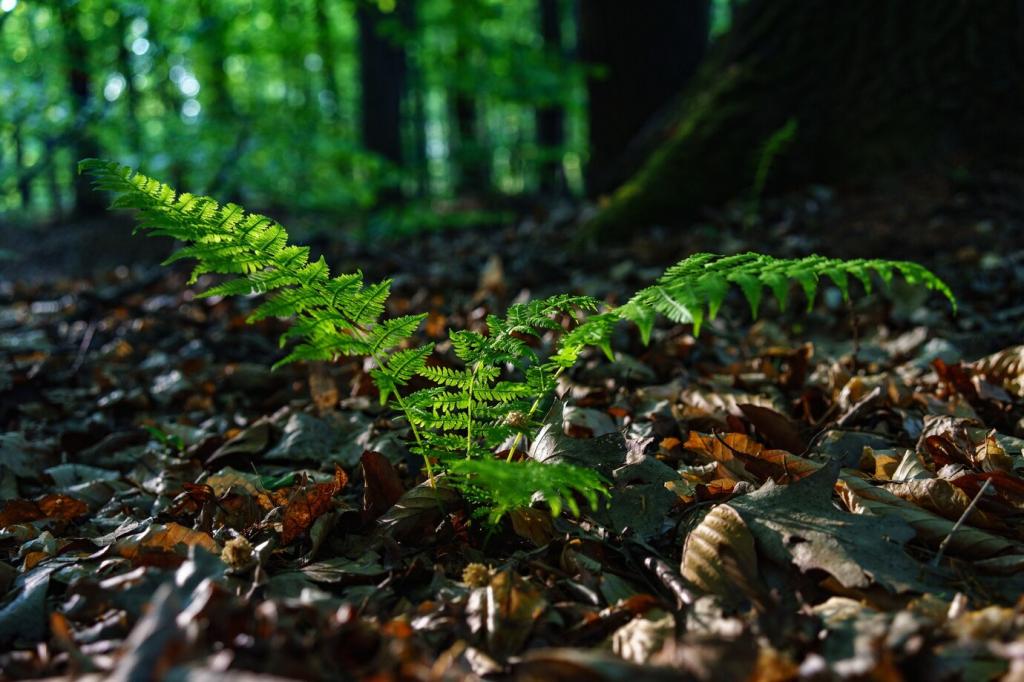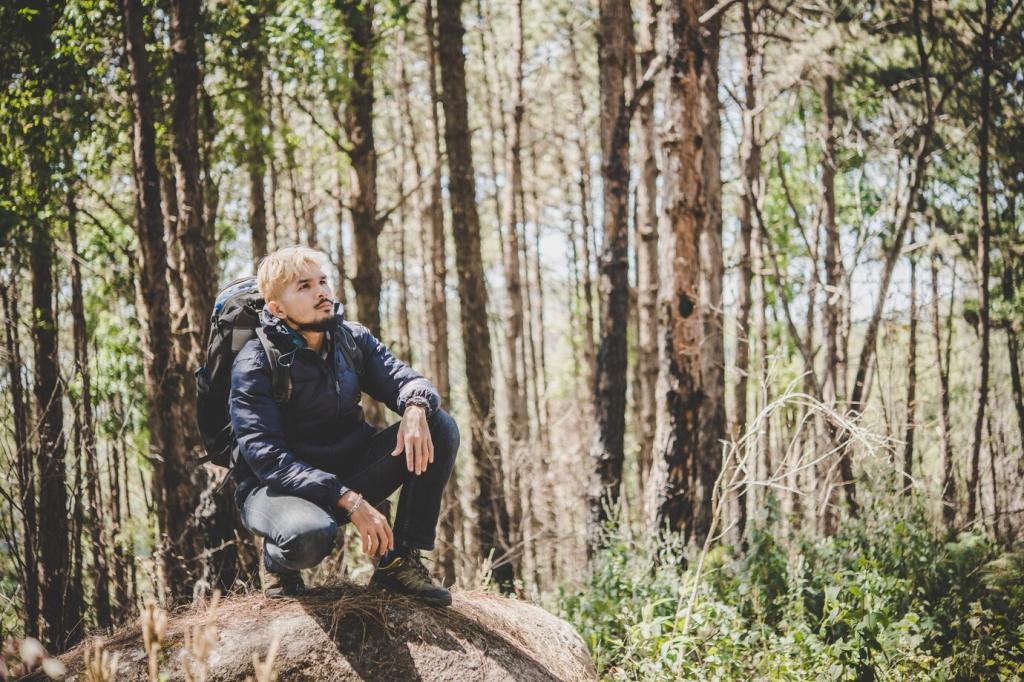Policy, Skills, and Ethical Flight
Airspace regulations, certifications, and local permissions vary. Building a checklist for each mission reduces risk and preserves your program’s credibility with communities and partner agencies.
Policy, Skills, and Ethical Flight
Simulators help, but field conditions are messy—wind, canopy occlusion, and magnetic interference. Cross-train pilots and analysts so flight planning, safety, and data processing remain tightly integrated.






